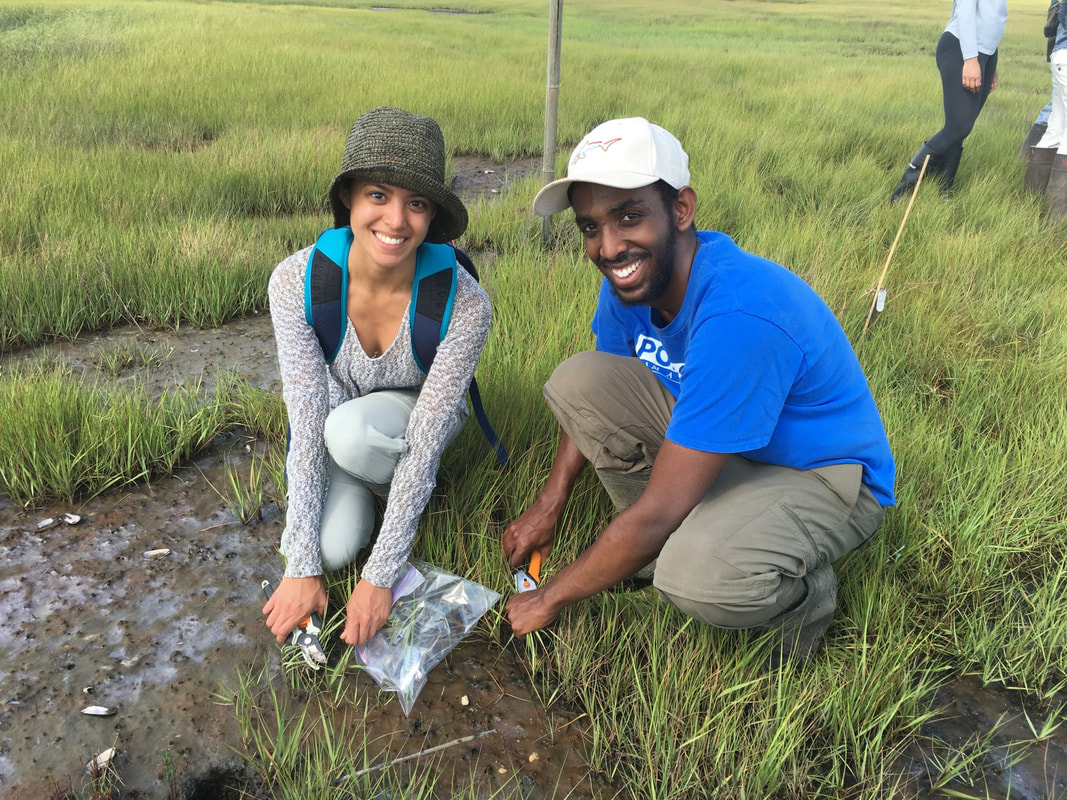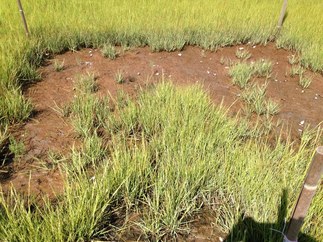Plant-Herbivore Interactions Affecting Ecosystem services
Ecosystem services provided by salt marshes depend on the vitality of the foundation plant species Spartina alterniflora (smooth cordgrass). This marsh plant species reproduces both sexually via seeds and asexually via rhizomes, often forming a genetically diverse natural monoculture. However, unprecedented dieback incidents imperil salt marsh ecosystems. Large patches of S. alterniflora suddenly die, often appearing
randomly located within an otherwise healthy marsh. Ecological interactions underlying dieback incidents remain unexplained. This conundrum sets up a scenario for testing a fundamental ecology and evolutionary biology question: how does population genetic diversity affect ecological processes and services?
We research how interactions between S. alterniflora genetic diversity, nitrogen inputs, and insect herbivores may explain salt marsh dieback. Our research direction is informed by three key ecological principles: (1) environmental factors may modify genetically based plant traits, (2) genetic diversity of a host plant strongly influences
insect herbivore abundance, and (3) changes in insect herbivore abundance may have an evolutionary feedback effect on the host plant population.
Graduate Research: Jewel Tomasula
randomly located within an otherwise healthy marsh. Ecological interactions underlying dieback incidents remain unexplained. This conundrum sets up a scenario for testing a fundamental ecology and evolutionary biology question: how does population genetic diversity affect ecological processes and services?
We research how interactions between S. alterniflora genetic diversity, nitrogen inputs, and insect herbivores may explain salt marsh dieback. Our research direction is informed by three key ecological principles: (1) environmental factors may modify genetically based plant traits, (2) genetic diversity of a host plant strongly influences
insect herbivore abundance, and (3) changes in insect herbivore abundance may have an evolutionary feedback effect on the host plant population.
Graduate Research: Jewel Tomasula


